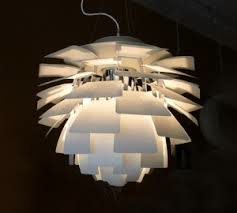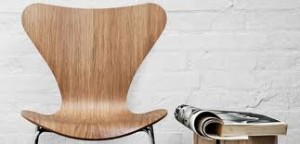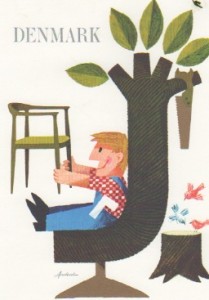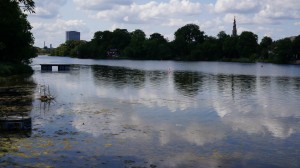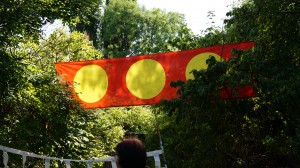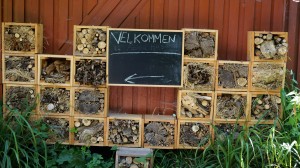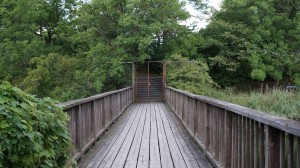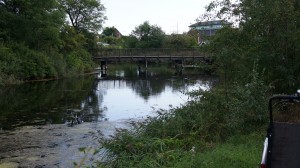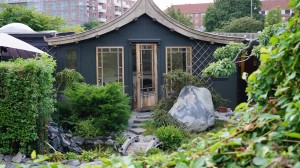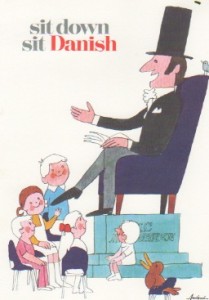 In our last post, we talked about the connections we saw between geography and design thinking. The city of Christiana in the middle of Copenhagen seems to embody the thinking and problem-solving skills any designer needs. It functions as a mini-city and its early founders wanted to experiment with the best way to combine design and urban planning with living off the grid. At least the 1970s version of off the grid.
In our last post, we talked about the connections we saw between geography and design thinking. The city of Christiana in the middle of Copenhagen seems to embody the thinking and problem-solving skills any designer needs. It functions as a mini-city and its early founders wanted to experiment with the best way to combine design and urban planning with living off the grid. At least the 1970s version of off the grid.
In this post, we’re going to pare down our thinking and talk about Danish Design. Specifically, how their design thinking is infused with their art and how they spend their days.
The ingredient in their version of design thinking seems to be empathy.
Empathetic design is not just decoration. It’s a powerfully blended combination of art and purpose, beauty and functionality. It’s an orchestration, a deep understanding of how people interact with their worlds; how the body best sits in a chair, how lighting best distributes in a room and how toys stimulate the brain.
On a less grand scale, design thinking infuses Scandinavian and Danish Design.
The Danes are renowned designers because they are design thinkers. They invest energy and time into what an object, idea or concept or thing will do for people, how it will interact with people’s everyday lives. How we are drawn to objects and ideas. Design in this way is problem-solving and empathy. Whether it’s a chair, lamp, clothes, art, buildings, machinery and technology—the problem-solver designer wants to make our lives better, more comfortable and interesting.
The iconic Danish chairs or lighting that we love here in the States could have been made less beautiful and quirky, but why would we want to settle for a chair that may look good but makes our back hurt by noon? We love these objects because they marry style and function, utility and beauty.
And why not merge style into function and in the process make people happy about sitting in a chair during a long, boring meeting? For the winter light-deprived Danes, the Poul Henningsen’s PH Artichoke gently fractures light into smaller bits that envelope the room in warmth.
From this perspective, design inserts itself into people’s everyday world, quietly and respectfully. Designers want to live with us, so they think about how objects or ideas will burrow into the habits and routines of our lives.
